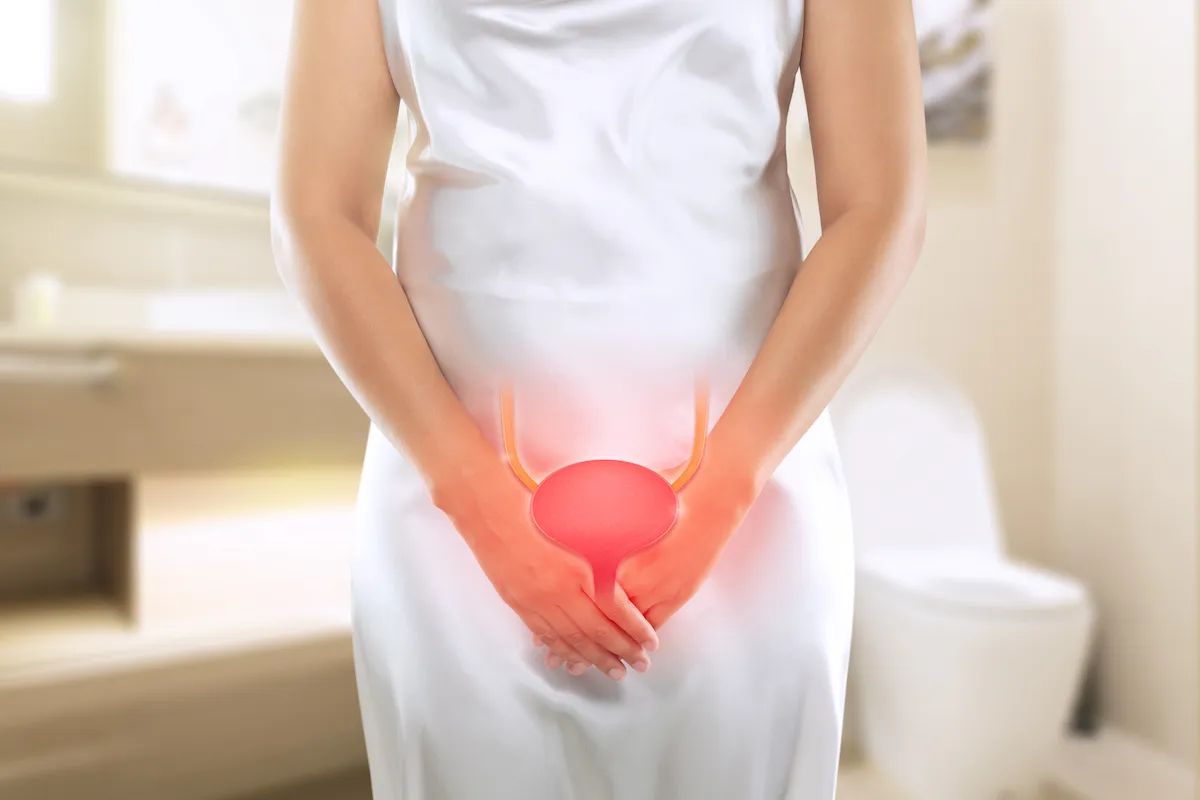WHAT IS A FEMALE URETHRAL STRICTURE?
Urethral stricture is a narrowing of the urethra or external pee pipe, which is the tube that carries urine from the bladder out of the body when we urinate. This issue is much more rare in women but can cause issues like recurrent urine infections. Causes of stricture include previous trauma, injury, infection or inflammation which can lead to a circular scar formation. The original injury e.g. placement of catheters or instruments into the urethra, sometimes happens long before the stricture becomes noticeable.
SYMPTOMS OF URETHRAL STRICTURE
Symptoms are often non-specific e.g. poor flow, straining to pass urine, interrupted urine stream, spraying of urine stream, dribbling, frequent urination, sense of incomplete emptying, burning when passing urine, blood in the urine, Urinary Tract Infection (UTI) or a painful retention of urine. Sometimes there may be no symptoms, and it may be incidentally detected on an attempt to insert a catheter (urine tube).
DIAGNOSING URETHRAL STRICTURE
Tests are essential to achieving this diagnosis. Non-invasive tests include a uroflowmetry and measurement of residual volume. We would also perform a cystoscopy using a small and narrow tube (cystoscope) to see inside the urethra and bladder. It allows the identification of any narrowing in the urethra. Occasionally a special X-ray called a Micturating cystourethrogram (MCU) is done.
TREATMENTS FOR URETHRAL STRICTURE
There are no medications to treat a stricture. Initially a short stricture can be treated with a Dilatation (widening). Patients sometimes need to learn how to perform self-dilatation to keep the stricture open. If a dilatation fails and the stricture recurs, then a formal Surgical reconstruction, called a Urethroplasty is advised for better long-term results with good success rates. A specialized reconstructive urologist most commonly performs this surgery because it is a very sensitive area. Any concurrent urine infections would also need to be treated with antibiotics.





